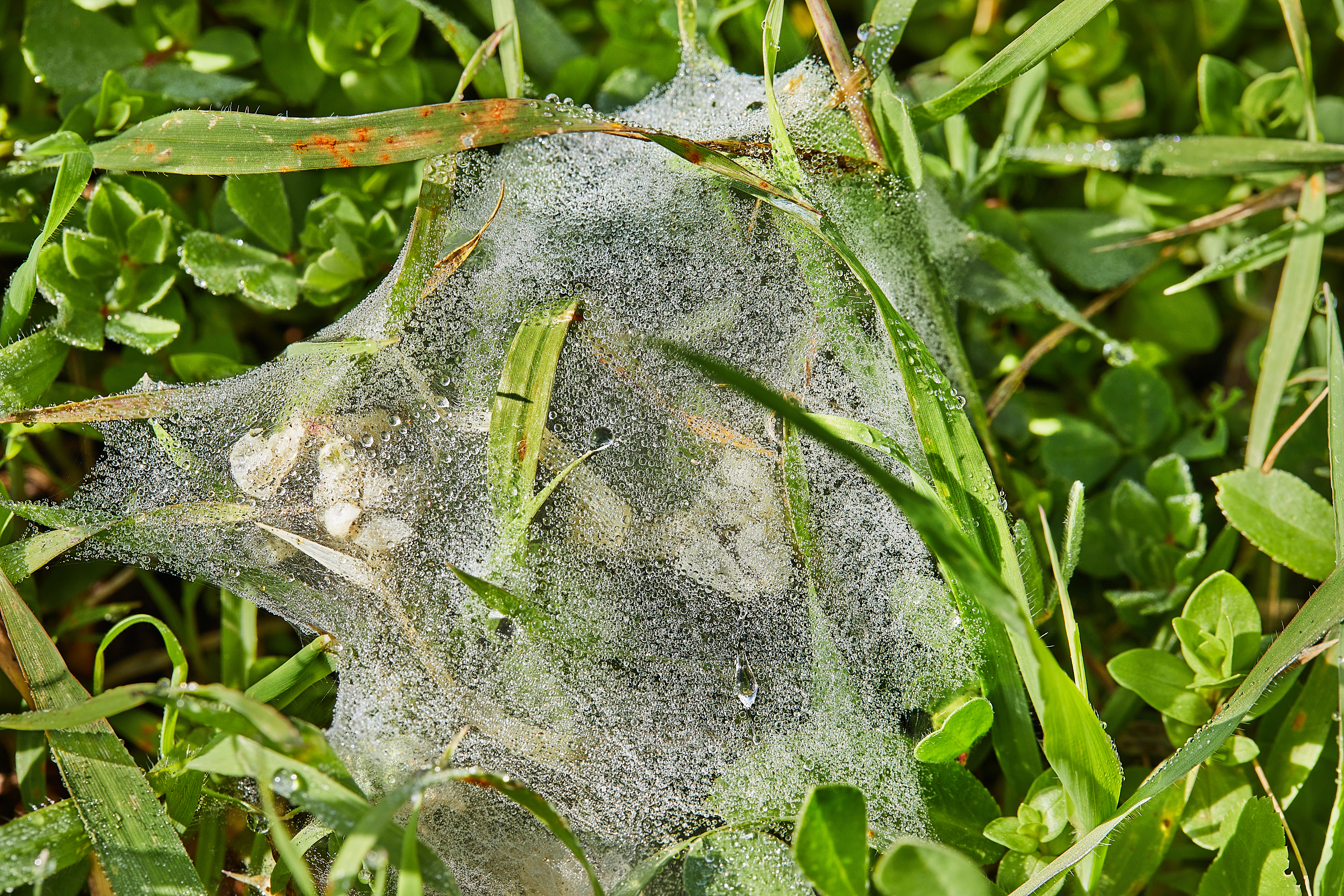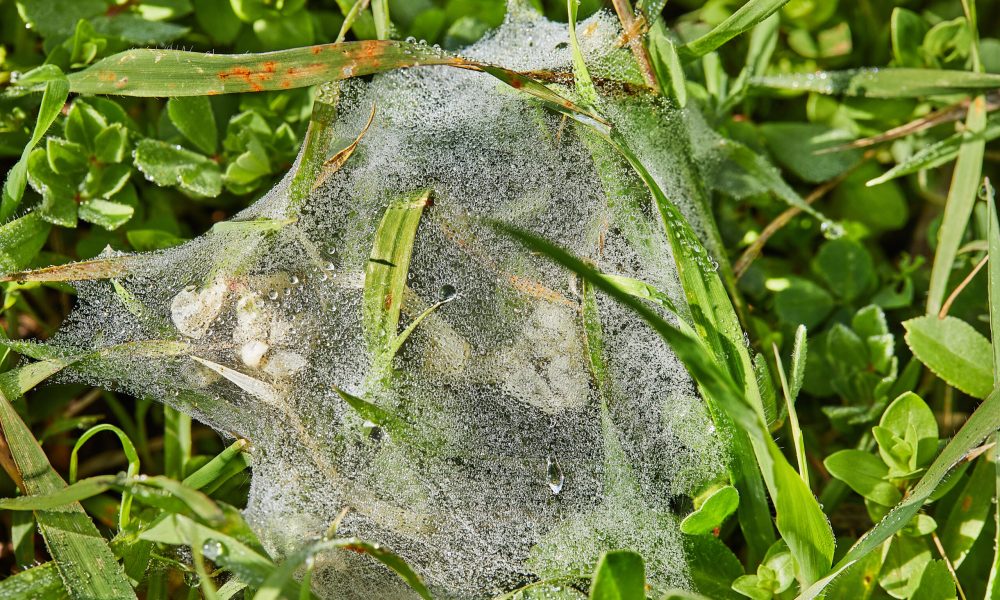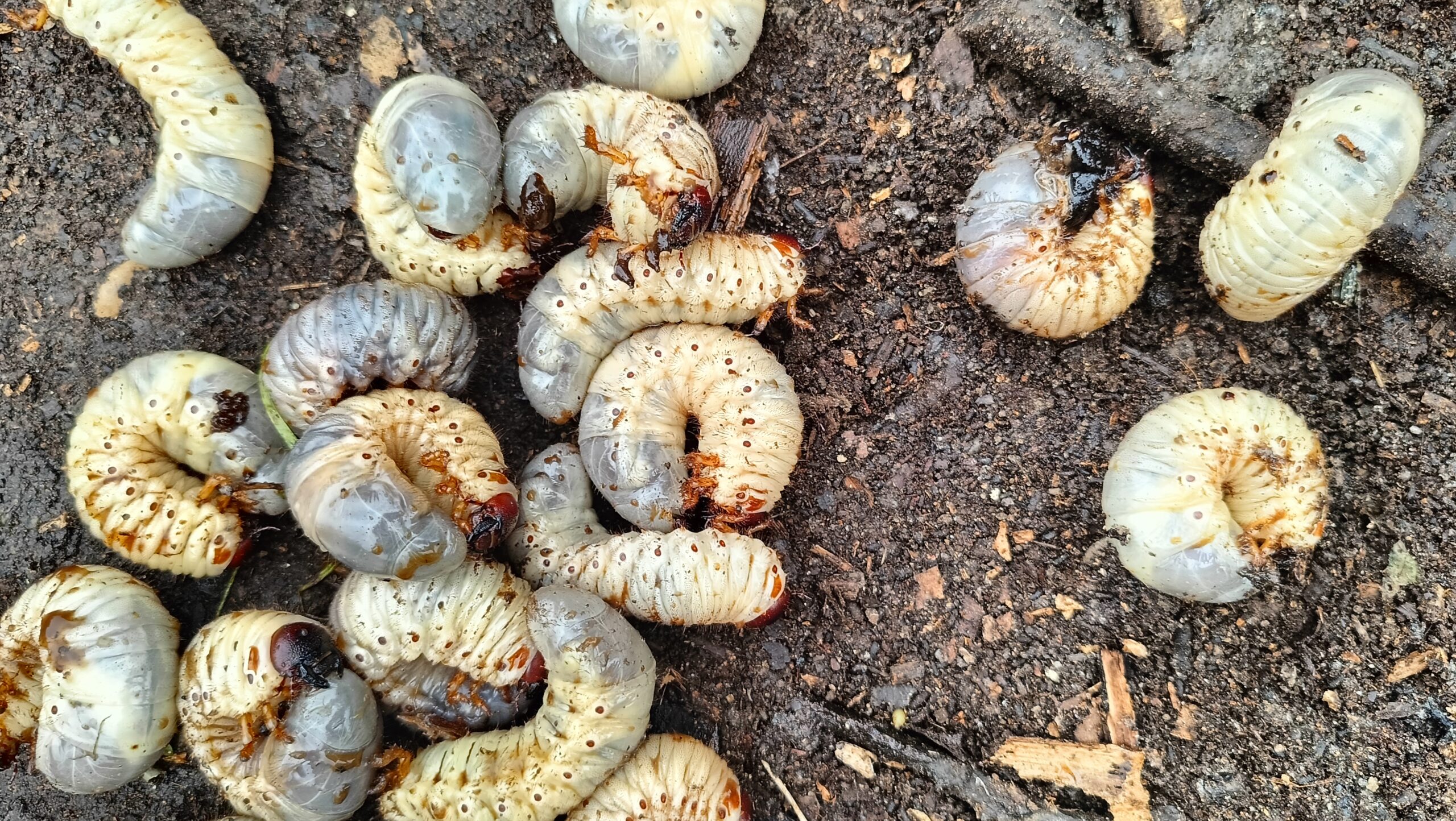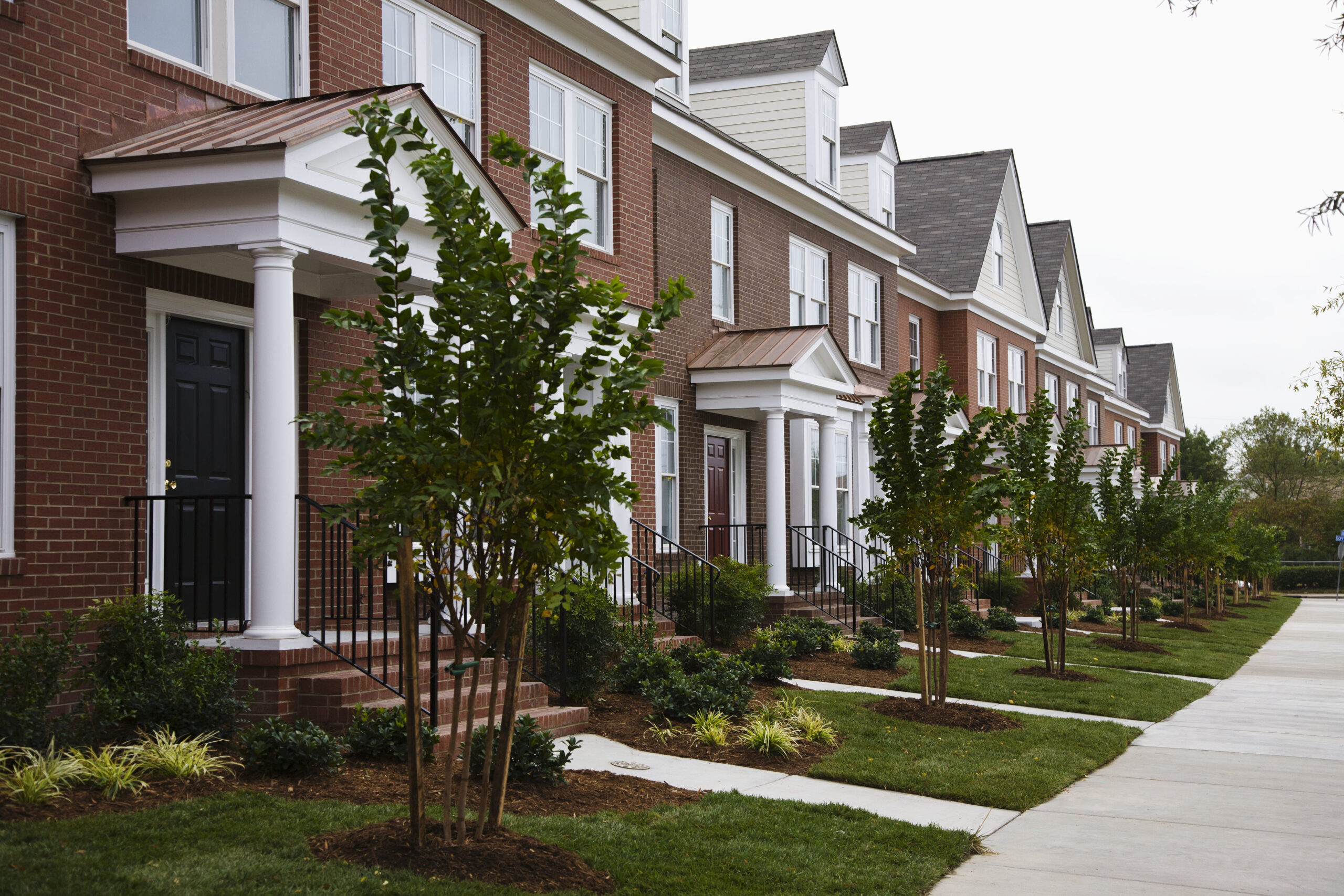Caring for a lush lawn in warm climates can be quite the challenge, especially when dealing with the common pests that threaten the health of St. Augustine and Zoysia grasses. Brown patch, spider mites, and chinch bugs are notorious for wreaking havoc on these lawns, leaving homeowners and lawn care enthusiasts searching for effective solutions. Understanding the symptoms and signs of these pests is crucial for timely intervention and management. This blog aims to equip you with essential lawn care tips and pest management strategies, focusing on methods to prevent lawn pests.
Identifying Lawn Pests
Recognizing the signs of common lawn pests is crucial for maintaining healthy St. Augustine and Zoysia lawns. This section will help you identify brown patch, spider mites, and chinch bugs.
Recognizing Brown Patch Symptoms
Brown patch is a fungal disease that can affect both St. Augustine and Zoysia grasses. It's important to spot the signs early for effective treatment.
Look for circular patches of brown or yellow grass, ranging from a few inches to several feet in diameter. The edges of these patches often appear dark and water-soaked.
In the early stages, you might notice a dark, purplish ring around the affected area. This is known as a "smoke ring" and is a telltale sign of brown patch.
Infected grass blades may have tan lesions with dark borders. In severe cases, the grass in the center of the patch may die, leaving a ring of dead grass.
Spotting Spider Mites Damage
Spider mites are tiny arachnids that can cause significant damage to lawns, especially during hot, dry periods. Identifying their presence early is key to preventing widespread lawn damage.
Look for a fine stippling or speckling on grass blades, which gives the lawn a dusty or bronzed appearance. You might also notice thin webbing on the grass, especially in the morning when dew is present.
To confirm spider mite presence, hold a white sheet of paper under the grass and shake the blades. If tiny specks fall onto the paper and start moving, you likely have spider mites.
Severe infestations can cause the grass to turn yellow or brown and eventually die. This damage is often mistaken for drought stress, so careful inspection is necessary.

Detecting Chinch Bugs Signs
Chinch bugs are small insects that can cause extensive damage to St. Augustine lawns. Knowing what to look for can help you catch an infestation early.
Watch for irregular patches of dead or dying grass that expand over time. These patches often start in sunny, dry areas near driveways or sidewalks.
Chinch bugs feed by sucking the sap from grass blades, causing them to turn yellow and then brown. The damaged areas may feel spongy when walked on.
To confirm chinch bug presence, part the grass at the edge of a damaged area and look for small black insects with white wings. Conduct the "float test" with guidance from this video tutorial by removing both ends of a coffee can, pushing it into the soil, and filling it with water. If chinch bugs are present, they'll float to the surface.
Effective Pest Management Techniques
Managing lawn pests demands a strategic blend of targeted treatments and holistic approaches, tailored to each specific situation. By integrating chemical treatments with natural methods, you can tackle infestations effectively while fostering a balanced ecosystem. It's essential to regularly monitor lawn health, as early detection allows for quicker, more precise interventions. Educating oneself on the habits and lifecycles of common pests can also enhance your ability to apply preventative measures before issues arise, ultimately leading to a more resilient lawn environment.
Treatment Options
When dealing with lawn pests, it's important to choose the right treatment method based on the specific pest and the severity of the infestation.
For brown patch, fungicides containing azoxystrobin, propiconazole, or thiophanate-methyl can be effective. Apply these products according to label instructions, usually every 14-28 days during periods of high humidity.
Spider mites can be controlled with miticides or insecticidal soaps. For organic options, neem oil or pyrethrin-based products can be effective. Regular applications may be necessary, especially during hot, dry weather.
Chinch bugs can be treated with insecticides containing bifenthrin, lambda-cyhalothrin, or imidacloprid. For a natural approach, beneficial nematodes can be introduced to the soil to prey on chinch bug nymphs.
Integrated Pest Management Strategies
Integrated Pest Management (IPM) is a holistic approach that combines various techniques to manage pests while minimizing environmental impact.
Monitor your lawn regularly for signs of pest activity or damage.
Use cultural practices such as proper mowing height, watering, and fertilization to promote healthy grass that can better resist pests.
Encourage natural predators like ladybugs, lacewings, and birds that feed on lawn pests.
When treatment is necessary, start with the least toxic options and only escalate to chemical controls as a last resort.
Rotate treatments to prevent pest resistance and adjust your strategy based on results.
Best Practices for Prevention
Preventing pest infestations is often easier and more cost-effective than treating them. Here are some best practices to keep your lawn healthy and pest-free:
Maintain proper lawn care habits, including regular mowing at the correct height for your grass type. For St. Augustine, keep the grass at 3-4 inches, while Zoysia should be maintained at 1-2 inches.
Water deeply but sparingly to encourage deep root growth, which in turn helps the lawn become more resilient against pest pressure and withstand drought stress by accessing moisture deeper in the soil.
Avoid over-fertilizing, as this can lead to rapid, weak growth that's more susceptible to pests and diseases. Use a slow-release fertilizer and follow local recommendations for timing and amount.
Improve soil health by aerating annually and adding organic matter. Healthy soil supports beneficial microorganisms that can help suppress pest populations.
Maintaining Healthy Lawns
A well-maintained lawn is more resistant to pests and diseases. This section provides tips for year-round lawn care and proactive pest prevention.
Seasonal Lawn Care Tips
Proper lawn care varies throughout the year. Here's a seasonal guide to keep your St. Augustine or Zoysia lawn in top condition:
Spring: As growth resumes, start mowing regularly. Apply a pre-emergent herbicide to prevent summer weeds. Test soil pH and nutrients, amending as needed.
Summer: Raise mowing height slightly to reduce stress. Water deeply in the early morning to prevent fungal growth. Monitor for pest activity, especially during hot, dry periods.
Fall: Gradually lower mowing height. Apply a winterizer fertilizer to strengthen roots. Overseed bare patches if necessary.
Winter: Reduce watering frequency. Clean up fallen leaves to prevent smothering. Avoid foot traffic on dormant grass to prevent damage.
Prevent Lawn Pests Proactively
Taking proactive steps can significantly reduce the risk of pest infestations in your lawn. Here are some key strategies:
Choose grass varieties that are naturally resistant to common pests in your area.
Maintain proper thatch levels through regular dethatching or core aeration.
Improve air circulation by pruning nearby trees and shrubs.
Clean and sharpen mower blades regularly to avoid creating entry points for pathogens.
Practice good sanitation by removing grass clippings and fallen leaves promptly.
Contact Us for Expert Help
While many lawn care tasks can be handled by homeowners, sometimes professional help is needed. Our team of lawn care experts can provide:
Comprehensive lawn assessments to identify potential pest issues before they become severe.
Customized treatment plans tailored to your specific lawn type, pest problems, and environmental conditions.
Regular maintenance services to keep your lawn healthy and pest-free year-round.
Expert advice on best practices for lawn care and pest prevention specific to your local climate and soil conditions.
Don't hesitate to reach out if you need assistance with pest identification, treatment, or general lawn care. We're here to help you achieve and maintain a beautiful, healthy lawn.







